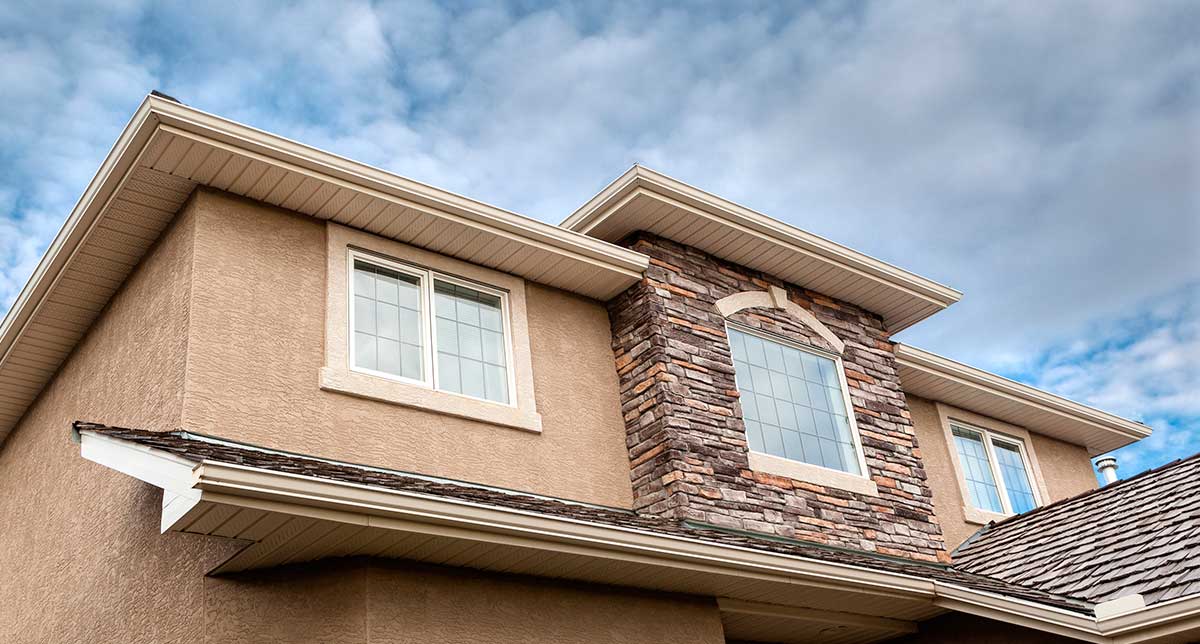
We all know how beautiful a house with a stucco finish looks. More often than not, stucco adds elegance, durability, and style that many homeowners dream of. Beyond its beauty, stucco offers practical benefits: it is easy to maintain, energy-efficient, and an excellent insulator.
However, many homeowners are unsure about the different types of stucco finishes available. That’s why we’ve put together this complete guide—to help you discover the most popular stucco textures, their unique appeal, and which one best suits your home.
Find Out About the Different Types of Stucco Finishes Ideal for Your Home!
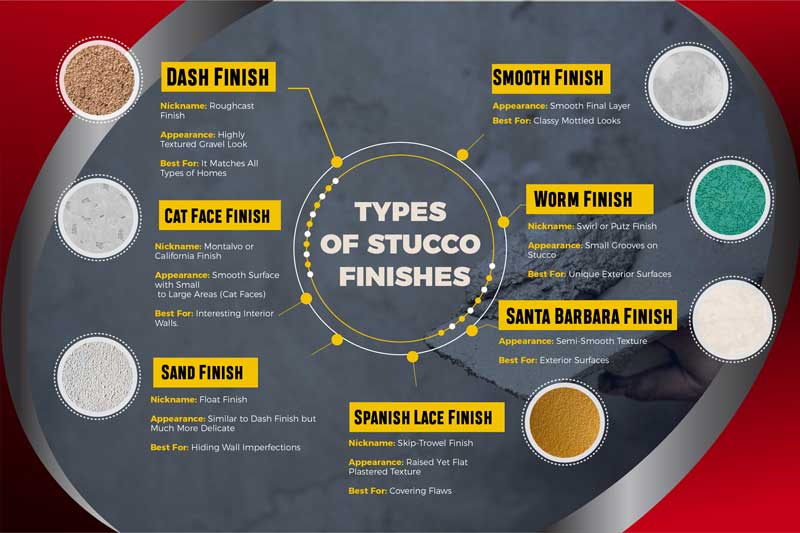
1. Dash Finish (Roughcast Style)
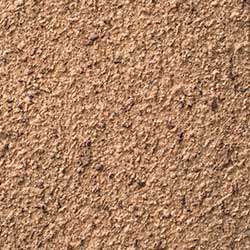
One of the most popular and top-favorite finishes among homeowners, the dash finish—also called roughcast—can dramatically enhance your property’s look. Its signature texture features peaks and valleys that resemble natural stone.
Variations: harsh dash, light dash, and fine dash
Benefits: hides imperfections effectively, provides excellent sound absorption, ideal for rustic or traditional homes
A dash finish stucco comparison shows that coarse styles feel bold and rustic, while fine textures add subtle charm. Applied by spraying, it’s a versatile choice that adapts well to all kinds of properties.
2. Cat Face Finish (Known Also as Montalvo or California)
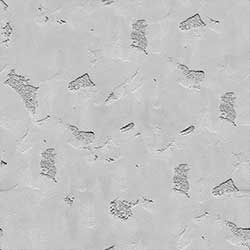
The cat face finish combines refinement with playful texture. This style has a smooth surface interrupted by small to large rough patches—nicknamed “cat faces.”
Application: requires two coats, first a rough base, then a smooth layer that allows cat faces to peek through
Flexibility: works with both synthetic and traditional stucco
Design tip: pairs beautifully with other exterior stucco finish patterns like sand or dash
Its balance of elegance and unique texture makes it a timeless option.
3. Sand Finish (A Style that Floats)
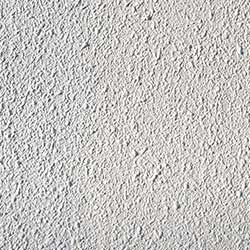
Sand Finish (Float Finish)
A sand float finish creates a classic, pebble-like surface and is sometimes called a float finish. It’s achieved by troweling stucco with a plastering float, resulting in a forgiving texture where scratches blend in naturally.
Grades: available in fine, medium, or coarse
Popular use: widely chosen for both residential and business properties
Difference vs dash: sand finishes are softer and more delicate, while dash is rougher and sprayed
4. Spanish Lace Finish (Grace and Elegance)
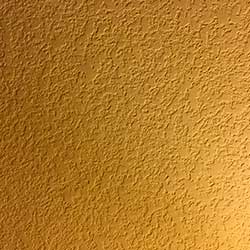
Also known as skip-trowel, Spanish lace offers grace and ornamental detail. It’s applied in two coats and creates unique swirls and arches, giving walls a distinctive charm.
Advantages: hides flaws effectively, suitable for both homes and offices
Textures: available in fine, medium, or coarse variations
For added elegance, it can be paired with smooth stucco finishes on trims to create eye-catching contrast.
5. Santa Barbara Finish (Soft and Soothing)
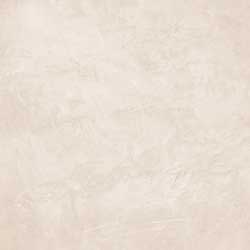
The Santa Barbara finish is inspired by coastal villas and California adobe homes. It has a semi-smooth surface enhanced with small sand particles.
Application: applied in two coats with a pool trowel
Look: offers natural color variation, but can also be fog-coated or painted for uniformity
Best for: warm, Mediterranean-inspired designs with earthy or coastal tones
This finish works beautifully with colored stucco finish designs such as warm creams or blues. It evokes elegance while blending smoothly into a wide variety of architectural styles.
6. Worm Finish (Get Your Groove On)
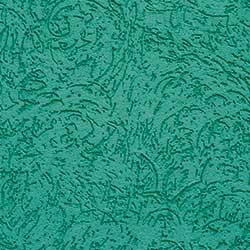
Known as putz in Europe, the worm finish is bold and distinctive, featuring hand-rubbed grooves that create a unique texture.
Options: available in fine, medium, or heavy finishes
Application challenge: requires professional expertise, as grooves must be rubbed carefully in circular motions
Effect: creates rhythm and depth, and in some cases helps with water drainage
Though labor-intensive, it’s a daring choice for homeowners who want their siding to stand out.
7. Smooth Finish (Creamy, Plush, Refreshing)
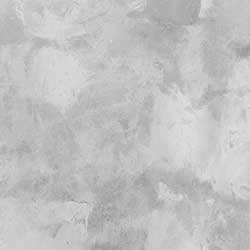
The smooth troweled finish is considered the most sophisticated but also the most challenging to apply. Achieved with a steel trowel, it creates a sleek, glass-like surface.
Advantages: extremely versatile, supports custom colors and mottled effects for elegant variation
Best for: modern or minimalist homes seeking clean lines and refinement
Downsides: harder to patch and more prone to cracking compared to textured finishes
8. Raked Finish (Bold and Textured)
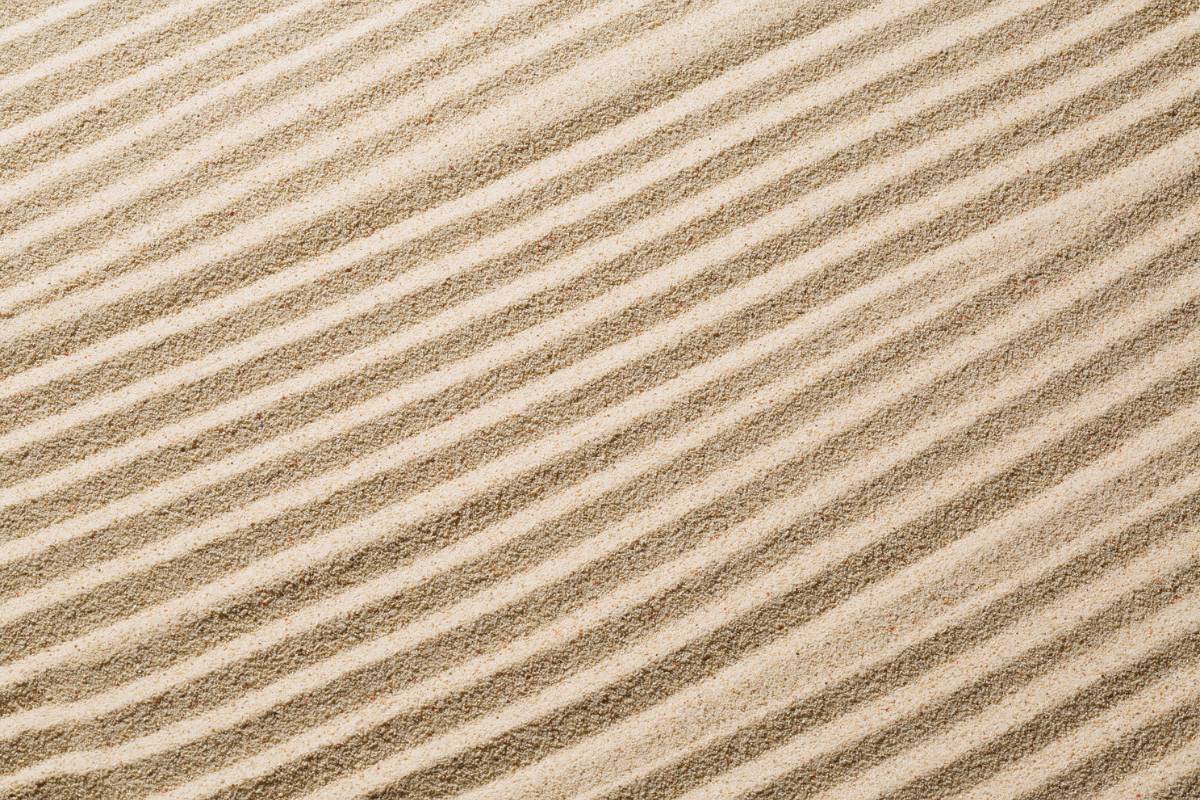 Despite its challenges, smooth stucco remains a top choice for timeless sophistication.
Despite its challenges, smooth stucco remains a top choice for timeless sophistication.
Benefits: creates bold grooves that add rhythm and depth, while also helping water drain more effectively
Application tip: timing is critical to get the desired texture
This finish is ideal for homeowners who want dramatic impact.
Colored Stucco Finishes (Bringing Walls to Life)
For those who want to skip painting altogether, colored stucco finishes mix pigments directly into the stucco.
-
Options: from subtle pastels to bold jewel tones
-
Durability: resists peeling and fading because color is embedded, not applied afterward
-
Design tip: choose hues that harmonize with roof tiles, trims, and landscaping
Colored stucco offers long-lasting beauty with minimal upkeep.
Practical Tips for Choosing Your Finish
When exploring stucco textures, aesthetics should go hand-in-hand with functionality. Here are key factors to keep in mind:
-
Climate: sand and dash textures adapt better to temperature changes
-
Maintenance: smooth finishes need more care, while dash or sand are more forgiving
-
Design goals: combine finishes (like lace with smooth) for striking contrasts
Always consult professionals for regional stucco texture application tips. They can guide you through sand finish stucco styles or dash finishes for long-term performance.
FAQs about Stucco Finishes
What are the main types of stucco finishes?
Dash, cat face, sand float, Spanish lace, Santa Barbara, worm, smooth, raked, and colored finishes.
Which finishes hide imperfections best?
Dash and sand float finishes are excellent at concealing scratches and flaws.
Are smooth finishes durable?
Yes, but they require expert installation and higher upkeep to prevent cracking.
Can stucco be painted after installation?
Yes, stucco can be painted. Learn more in our guide Can You Paint Stucco.
Do colored finishes fade?
No. Because pigments are mixed into the stucco, the finish resists peeling and fading over time.
Don’t know if your stucco might be damaged?
Keep track of your stucco siding with our stucco inspection checklist!
Final Thoughts: Boosting Your Property’s Value
Stucco is more than just siding—it’s a blend of elegance, efficiency, and durability. Choosing the right finish enhances curb appeal, hides imperfections, and increases resale value.
Whether you prefer the rustic charm of a dash finish, the refined sophistication of smooth stucco, or the bold hues of colored finishes, there’s a style that perfectly fits your home.
Interested in professional assistance? Contact our team today and bring your stucco project to life with confidence!
